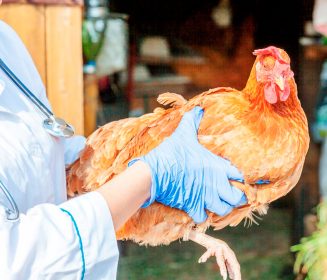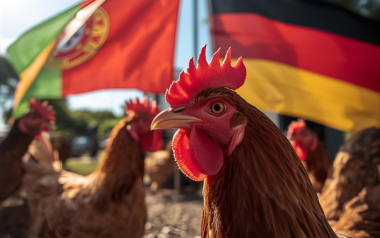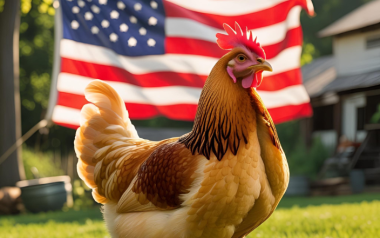Sources: Available upon request
30 Aug 2024
SENASICA successfully eradicates H5N1 AI outbreak in Mexico
In a significant achievement for animal health and biosecurity, the National Service for Agrifood Health, Safety, and Quality (SENASICA) has successfully eradicated an outbreak of Highly Pathogenic Avian Influenza (HPAI) H5N1 in the Estado de México.
In a significant achievement for animal health and biosecurity, the National Service for Agrifood Health, Safety, and Quality (SENASICA) has successfully eradicated an outbreak of Highly Pathogenic Avian Influenza (HPAI) H5N1 in the Estado de México. This milestone underscores the effectiveness of Mexico’s veterinary and biosecurity measures in controlling and eliminating infectious diseases in poultry.
Detection and immediate response
The outbreak was first detected in a backyard poultry unit in Temascalcingo, Estado de México. On August 17, 2024, SENASICA’s General Directorate of Animal Health (DGSA) reported the presence of HPAI H5N1 in a flock of 66 live and 14 dead creole birds. The live birds exhibited symptoms consistent with avian influenza, such as yellowish-white diarrhea, ruffled feathers, nasal discharge, respiratory distress, and lack of coordination.
Upon confirmation of the virus through PCR testing, viral isolation, and gene sequencing, SENASICA’s specialized personnel from the Mexico-United States Commission for the Prevention of Foot-and-Mouth Disease and Other Exotic Animal Diseases (CPA) swiftly implemented counter-epidemic measures. These included depopulation, cleaning, and disinfection of the affected unit to initiate a 60-day sanitary void period, ensuring the virus’s absence before repopulating the area.
Ensuring biosecurity and public health
SENASICA’s prompt actions were crucial in preventing the spread of the virus to commercial poultry operations. The affected birds had no contact with commercial production units, preserving Mexico’s status as a country free from this subtype of avian influenza. According to national regulations, a country’s zoosanitary status is only compromised if an outbreak is not contained within six months. In this case, the outbreak was eradicated well within this timeframe, maintaining Mexico’s favorable status.
The eradication of the H5N1 outbreak in Temascalcingo highlights the importance of robust biosecurity measures and rapid response protocols. SENASICA has urged poultry producers to reinforce biosecurity practices on their farms and to report any abnormalities in their flocks immediately.
Global implications and future preparedness
The successful containment and eradication of the H5N1 outbreak in Estado de México have significant implications for global animal health. SENASICA’s efforts align with international standards set by the World Organisation for Animal Health (WOAH), ensuring that Mexico remains a reliable partner in global biosecurity efforts.
Moving forward, SENASICA continues to monitor avian populations and implement preventive measures to safeguard against future outbreaks. The agency’s proactive approach and collaboration with international health organizations underscore its commitment to maintaining high standards of animal health and public safety.
In conclusion, the eradication of the H5N1 avian influenza outbreak in Estado de México is a testament to SENASICA’s dedication and efficiency in managing animal health crises. This achievement not only protects the local poultry industry but also contributes to global efforts in controlling and preventing the spread of infectious diseases.









































